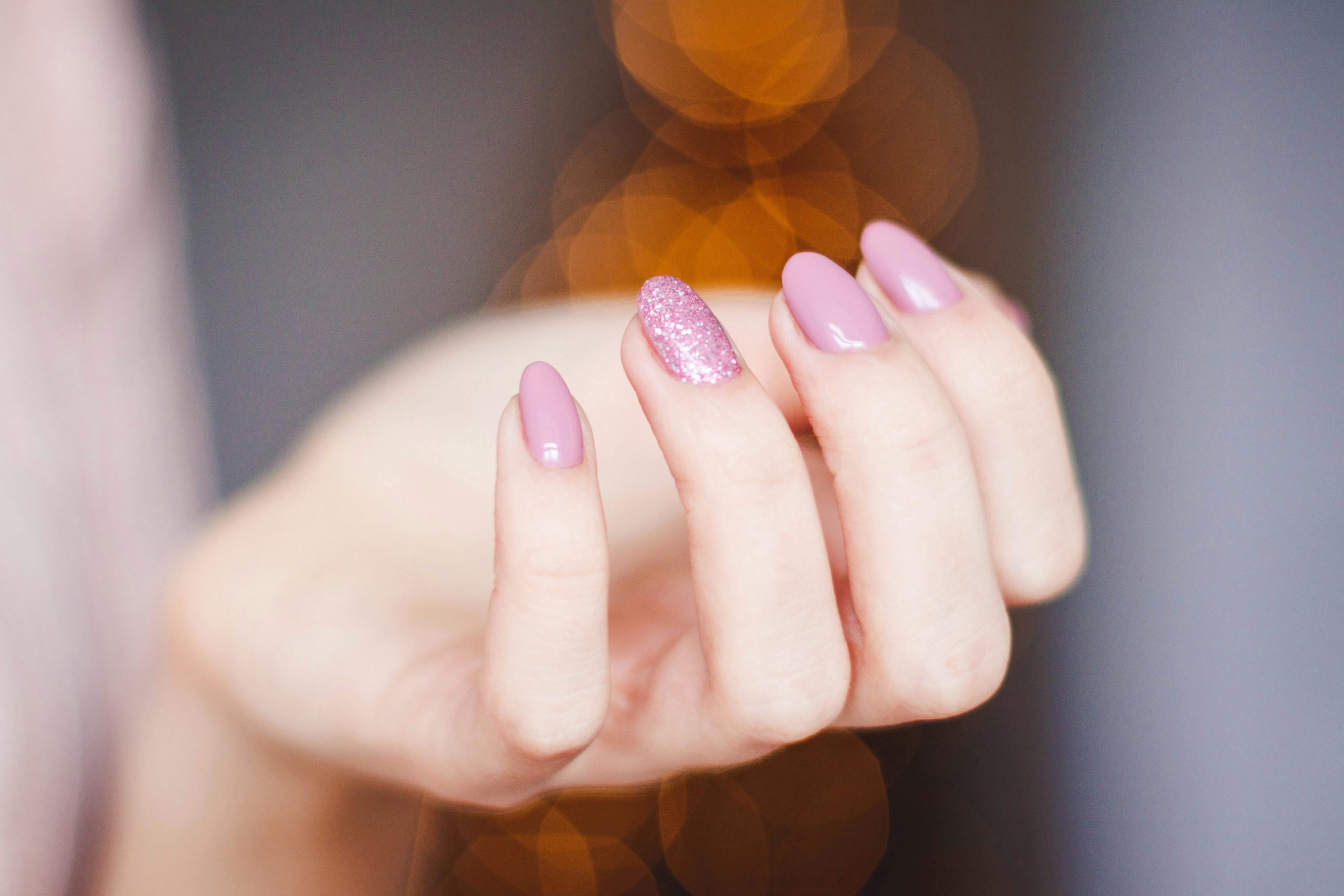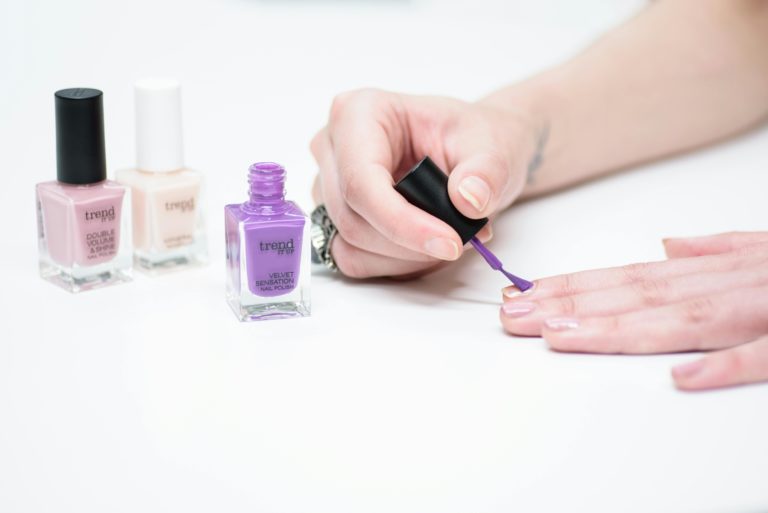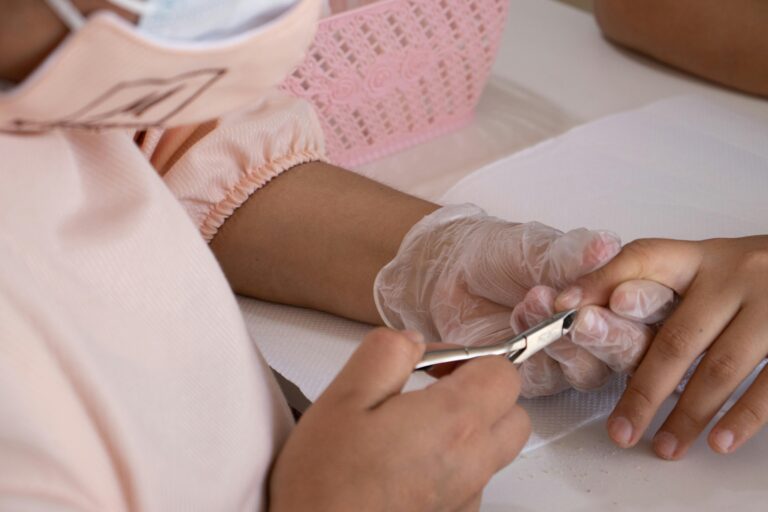Nails may seem like a small part of our body, but they play a significant role in our overall health and well-being. Beyond being a canvas for colorful polish and intricate designs, nails serve as indicators of our internal health and can signal underlying issues when problems arise. From brittle nails to fungal infections, understanding the science of nail health is essential for maintaining strong, beautiful nails.
In this comprehensive guide, we’ll delve into common nail problems, explore their underlying causes, and provide practical solutions to keep your nails in optimal condition.
The Anatomy of Nails
Before we dive into common nail problems and solutions, let’s take a closer look at the anatomy of nails. Nails are made up of keratin, a tough protein found in the skin, hair, and nails.
The nail plate, the visible part of the nail, is composed of layers of dead keratin cells that are tightly packed together. Underneath the nail plate lies the nail bed, where new cells are produced and nourished by tiny blood vessels called capillaries.
Surrounding the nail plate are the cuticle and the nail folds, which provide protection and support to the nail as it grows. Proper nail care involves maintaining the health of both the nail plate and the surrounding structures, as well as addressing any underlying issues that may affect nail growth and appearance.
Common Nail Problems and Causes
1. Brittle Nails
Brittle nails are characterized by dryness, splitting, and peeling, making them prone to breakage and damage. Several factors can contribute to brittle nails, including:
- Nutritional deficiencies: A lack of essential vitamins and minerals, such as biotin, calcium, and iron, can weaken nails and make them more prone to brittleness.
- Excessive exposure to water: Overexposure to water, particularly hot water and harsh chemicals found in soaps and detergents, can strip the nails of natural oils and lead to dryness and brittleness.
- Nail trauma: Excessive filing, picking, or using nails as tools can weaken the nail structure and increase the risk of brittleness.
2. Nail Fungus (Onychomycosis)
Nail fungus is a common fungal infection that affects the nails, causing them to become discolored, thickened, and brittle. Fungal infections thrive in warm, moist environments, making nails susceptible to infection in areas like swimming pools, locker rooms, and communal showers. Other risk factors for nail fungus include:
- Poor nail hygiene: Failing to keep nails clean and dry can create an ideal environment for fungal growth.
- Wearing tight-fitting shoes: Tight shoes can cause pressure and friction on the nails, making them more vulnerable to fungal infections.
- Compromised immune system: Individuals with weakened immune systems, such as those with diabetes or HIV/AIDS, are at higher risk of developing nail fungus.
3. Nail Ridges
Nail ridges are horizontal or vertical lines that appear on the surface of the nails, giving them a rough or uneven texture. While nail ridges are often a normal part of aging, they can also be caused by various factors, including:
- Dehydration: Chronic dehydration can affect nail health, leading to ridges and other signs of dryness.
- Nutritional deficiencies: A lack of essential nutrients, such as vitamins A, C, and E, can affect nail growth and contribute to the formation of ridges.
- Underlying health conditions: Certain medical conditions, such as psoriasis, eczema, and thyroid disorders, can cause nail changes, including ridges.
Solutions for Healthy Nails
1. Maintain Proper Nail Care
Practicing good nail hygiene is essential for preventing and addressing common nail problems. This includes:
- Keeping nails clean and dry: Wash your hands regularly and dry them thoroughly, especially after exposure to water or chemicals.
- Avoiding harsh chemicals: Limit exposure to harsh soaps, detergents, and nail polish removers, which can strip the nails of natural oils.
- Using moisturizer: Apply a moisturizing lotion or oil to the nails and cuticles regularly to keep them hydrated and nourished.
2. Eat a Balanced Diet
Nutrition plays a crucial role in nail health, so be sure to include a variety of nutrient-rich foods in your diet. Focus on foods high in vitamins, minerals, and protein, such as:
- Leafy greens: Spinach, kale, and other leafy greens are rich in vitamins A and C, which promote healthy nail growth.
- Lean protein: Incorporate sources of lean protein, such as chicken, fish, tofu, and legumes, to provide the building bhair for strong nails.
- Healthy fats: Include sources of healthy fats, such as avocados, nuts, seeds, and olive oil, to keep nails hydrated and supple.
3. Use Protective Measures
To prevent nail damage and reduce the risk of infection, consider the following protective measures:
- Wear gloves: When performing household chores or working with chemicals, wear gloves to protect your nails from damage and exposure to harsh substances.
- Choose breathable footwear: Opt for shoes made from breathable materials to reduce moisture buildup and minimize the risk of fungal infections.
- Practice safe manicures: Choose reputable nail salons that follow proper sanitation practices to reduce the risk of nail infections.
4. Treat Underlying Conditions
If you suspect that an underlying health condition is contributing to your nail problems, consult with a healthcare professional for proper diagnosis and treatment. Addressing underlying issues such as nutritional deficiencies, thyroid disorders, or autoimmune conditions can help improve nail health and appearance.
5. Seek Professional Help
If home remedies and preventive measures are not providing relief for your nail problems, consider seeking professional help from a dermatologist or nail specialist. They can provide personalized recommendations and treatments tailored to your specific needs, whether it’s prescribing topical medications for fungal infections or performing nail procedures to address ridges or other cosmetic concerns.
Conclusion
Nails are more than just a cosmetic accessory—they serve as indicators of our overall health and well-being. By understanding the science of nail health and recognizing common problems and their underlying causes, we can take proactive steps to maintain strong, beautiful nails.
FAQs
Q1: How can I strengthen my nails naturally?
To strengthen your nails naturally, focus on eating a balanced diet rich in vitamins, minerals, and protein, practicing good nail hygiene, and avoiding harsh chemicals and excessive nail trauma.
Q2: Are over-the-counter treatments effective for nail fungus?
Over-the-counter treatments for nail fungus may provide relief for mild cases, but more severe infections may require prescription medications or professional treatment from a dermatologist.
Q3: Can nail ridges be a sign of a more serious health problem?
While nail ridges are often harmless and a normal part of aging, they can sometimes indicate underlying health conditions such as psoriasis, eczema, or thyroid disorders. If you’re concerned about your nail ridges, consult with a healthcare professional for proper diagnosis and treatment.
Q4: How long does it take for nails to grow back after damage?
Nails typically grow at a rate of about 1/8 inch per month, so it may take several months for nails to grow back fully after damage. However, this can vary depending on factors such as age, overall health, and the severity of the damage.
Q5: Are gel manicures harmful to nail health?
While gel manicures can provide long-lasting color and shine, they can also be damaging to nail health if not applied and removed properly. Excessive exposure to UV light during the curing process and improper removal techniques can weaken the nails and increase the risk of damage and infection. It’s essential to follow proper nail care practices and give your nails time to recover between manicures to minimize the risk of damage.



